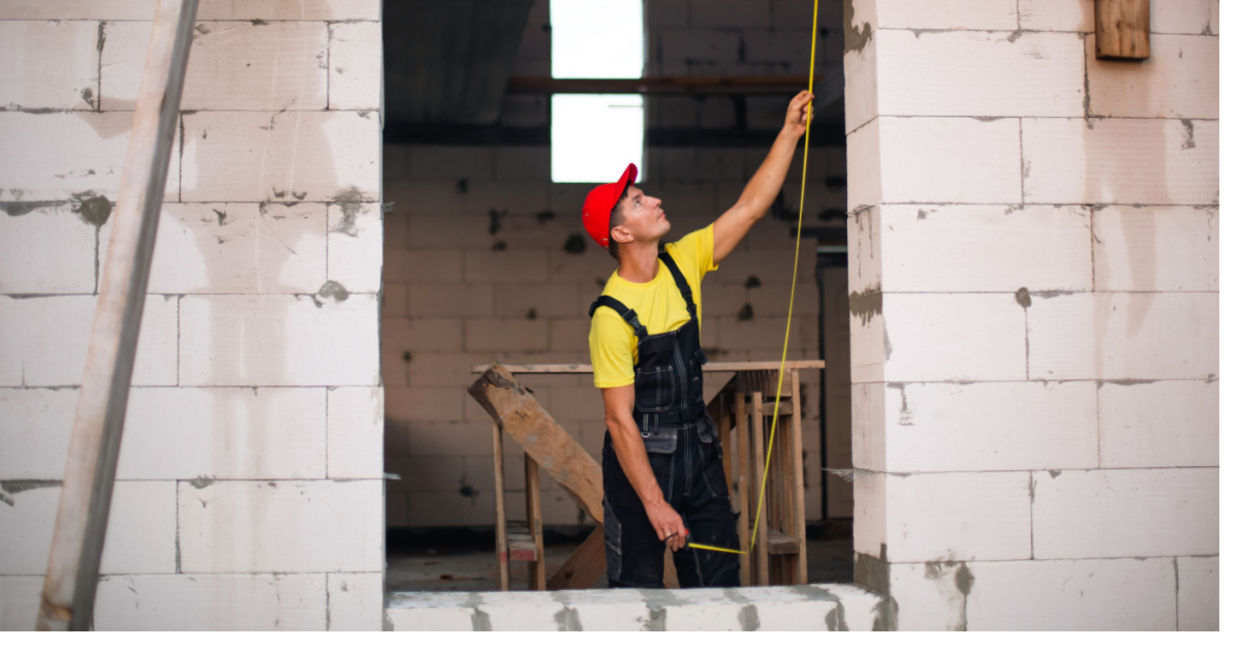
(Simol1407 / Shutterstock.com)
As all parents know, disposable diapers are a saving grace. While babies can use many diapers a day or more, parents think little of breaking out another new diaper and tossing the used (and often smelly) one in the trash. With so many things to remember about taking care of children, where these diapers end up is not one of them.
But instead of diapers automatically going into landfills, researchers from the University of Kitakyushu in Japan thought of a unique way to recycle dirty diapers. The diapers can be used to construct new houses. A recent study, published in the journal Scientific Reports, shows how used diapers can actually be used in construction without detracting from the safety and structure of the whole building.
Testing a theory
The researchers tested it by building a prototype in Indonesia, where they washed, dried, and shredded the diapers before adding them to the concrete mix. The results revealed that you can swap up to eight percent of the sand used in concrete blocks with diapers when building a single-story house in Indonesia, and it won't lose its strength.
“One baby in a day can [use] four or five diapers ... you can image the waste diapers can produce in just one country,” Zuraida, a PhD student in architectural engineering and the lead researcher of the study told The Verge.
Zuraida didn’t have to imagine it because she used diapers from her own children as well as sourced other local diapers, according to The Verge.
The Guardian reports that a staggering 300,000 diapers enter landfills every 60 seconds. This massive waste contributes to the production of approximately 248.5 billion barrels of crude oil used annually to manufacture disposable diapers.
Indonesia holds the sixth position worldwide in terms of disposable diaper consumption, according to the organization Maritime Fairtrade. Unfortunately, a significant number of these used diapers find their way into the country's rivers and water bodies, leading to pollution from the release of chemicals and microplastics.
The need for low-cost housing
According to the study, low-cost housing refers to homes that are of good quality and in suitable locations, while also being affordable for the occupants. This type of housing is crucial in developing countries where access to appropriate and affordable homes is a growing concern.
In some cases, the issue is not a lack of housing but rather insufficient income. In other situations, income might be relatively high, but limited home supply and expensive financing make housing unaffordable.
One of the main reasons housing is hard to attain for the urban poor is the high cost of land and building materials. Building materials, in particular, can account for up to 80 percent of the overall cost of a simple home. This cost factor is a significant barrier to sustainable construction. Some governments also have restrictions on the books that prevent the use of more appropriate and locally available materials and technologies that are cost-effective and eco-friendly.
How to test the use of diapers in construction
In their ambitious experiment, the researchers mixed the diaper shreds with gravel, water, sand, and cement, and created concrete and mortar in various ratios, reports Smithsonian Magazine. After letting the samples cure for 28 days, the engineers tested their strength to determine how much pressure they could withstand. Based on these results and to comply with Indonesian building codes, they calculated the amount of sand that could be replaced with diaper shreds.
For a three-story home, the researchers discovered that diaper shreds could replace up to 10 percent of sand in concrete used for supporting beams and columns. In the case of a single-story house, this proportion increased to 27 percent. In the mortar between concrete bricks, diaper shreds could replace up to 40 percent of sand for constructing non-load-bearing partition walls.
These findings showcase the potential of using diaper waste as a substitute for sand in construction materials, offering a promising solution to the challenges posed by sand shortages.The global demand for sand is expected to rise dramatically by 2060, driven by growing populations and economic development in Asia and Africa, according to Quartz. Finding innovative ways to repurpose diaper waste could potentially alleviate the pressure on sand resources.
The bottom line
The construction of one home could divert 1.7 cubic meters (60 cubic feet) of diaper waste from ending up in landfills, reports The Verge. While the study doesn't quantify the exact reduction in greenhouse gas emissions, it is essential to consider that landfills release a potent gas called methane, and diapers contribute significantly to plastic waste and pollution.
By exploring innovative ways to repurpose diaper waste as a building material, countries can begin to address not only landfill and pollution concerns and ways to mitigate the challenges posed by the sand shortage and its environmental implications but also the issues of affordable low-income housing.
“I hope this [research] can empower people ... and help municipalities or countries to treat this kind of waste [as] valuable,” Zuraida told The Verge.
YOU MIGHT ALSO LIKE:
Meet the Company Turning Diapers Into New Roads
Lava Might Be The Stuff Tomorrow’s Homes Are Made Of!
Bamboo Houses Are Designed to be Strong and Safe







